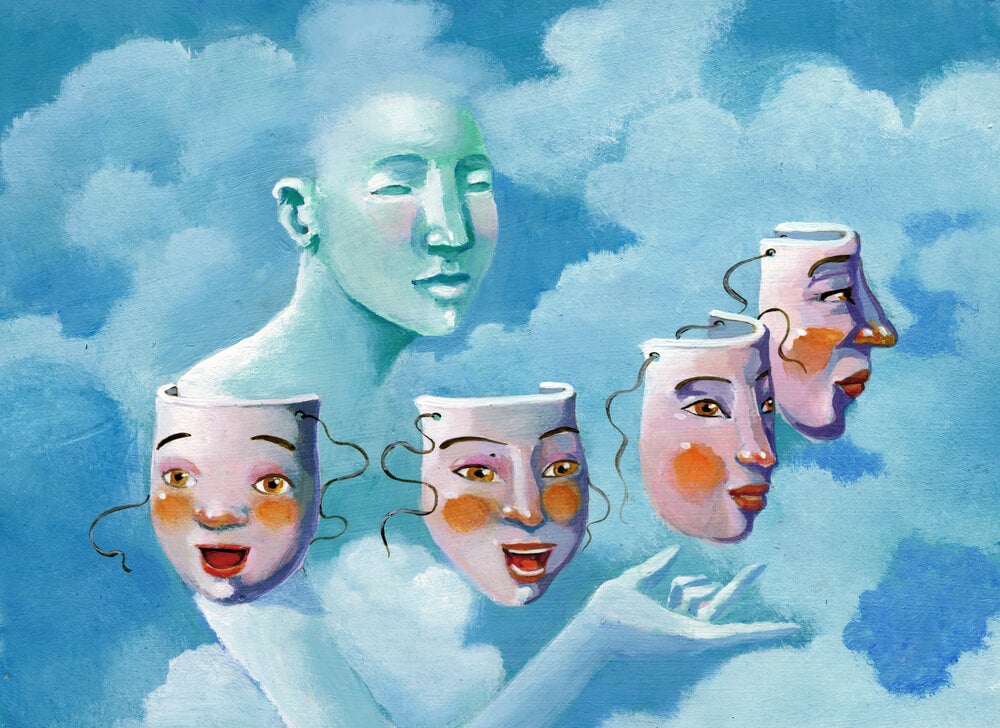The theoretical proposition of archetypal psychology is based on the idea that our affinity for the gods did not disappear when polytheism was replaced, in much of the world, by monotheistic worship.
Human beings have already begun by taking our first steps by believing in the gods: supernatural entities that embody attributes, strengths and universal values (Night, Justice, Time, Mares, etc. ), and that allowed us to represent the entire cosmos as a theater, where these forces interact to make sense of reality and, as a part, to life itself.
- “In this propensity to see universal clarifications in the chaos of life.
- ” says cultural historian Richard Tarnas.
- “Platon has built his metaphysics and knowledge theory.
- “.
Plato, like his master Socrates, thought that “the greatest certainty is in the greatest abstraction” and called it?Archetypes? (primary form) these universal paradigms.
However, it would be his own disciple Aristotle who would later begin the return to reality, a change of course that shaped scientific thought.
Sigmund Freud is the one who rediscovered, centuries later, that when we dream, our unconscious is expressed through interpretable symbols, endowed with meaning for us.
From then on, his disciple Carl Jung discovered the parallel between these symbolic images and those drawn from ancient myths (the Hero, the Shadow, the Wise, etc. ) The primitive fables that contemporary thought had despised still lived in our psyche.
Jung also theorized the existence of a “collective unconscious”, only individual, because the symbols appeared even in patients who were completely unaware of ancient mythology.
Thus, the Jungian School of Analytical Psychology undertook a study on how mythical archetypal figures influence our lives, even today.
Two years before Jung’s death in 1961, a young psychologist named James Hillman became research director at the CGJung Institute in Zurich. In the following years, a community of researchers around him was formed that eventually broke with the analytical school (but not with the roots of Jungian thought) to found archetypal psychology.
Does this school move away from the priorities of analytical psychology to focus on the illusory control of the ego over our lives, and how our psyche is built?Basically? Through a “plurality of archetypes”.
The source of knowledge is no longer him? Cartesian, but the world full of images that “I” lives.
Archetypal psychology maintains a critical discourse with major schools of psychological thought (such as conductism or cognitive psychology), which it accuses of reducing for having adopted the philosophy of the natural sciences and being “psychotic without psyche”.
For Hillman, the psyche manifests itself in imagination and metaphor: “My work is oriented towards a psychology of the soul based on a psychology of the image. I’m suggesting a poetic basis of mind and psychology that doesn’t part of brain physiology. “, nor of the structure of language, nor of the organization of society, nor of the analysis of behavior, but of the processes of imagination?
“If a psychology wants to faithfully represent the true diversity of the soul, it cannot be satisfied from the beginning by insisting on monotheistic prejudice, in the unity of personality,” Hillman says.
To this end, archetypal psychology has a polytheistic side, and some authors symbolically speak of “gods” to refer to the “plurality of archetypes”.
Hillman then states that “the gods are within” and are within our actions, ideas and feelings. We don’t have to venture into starry spaces, the brains of the heavens, or get them out of our hideout with hallucinogens. Are they there, exactly in the way the individual sits, thinks and experiences their moods and symptoms?
Patrick Harpur, in his work “The Secret Fire of Philosophers,” asks for this identification of ideas/gods: “It is not true that we have ideas; on the contrary, ideas have us. Should we know what the ideas are, what are the gods who govern us to control their influence on our opinions and our lives?
The therapeutic proposal of archetypal psychology is based more on the exploration of images than on their explanation, on the awareness of these images and on paying attention to them until they have acquired as much clarity as possible, to contemplate them carefully until our observation makes sense: it triggers a therapeutic process that Hillman has called “soul creation”.
What is the soul looking for? Healing of fictions. The soul, Hillman explains, is it about telling a better fiction, a?As if, who dissolves the belief system that keeps the soul attached to their miseries?
The main image of the article is in William Blake’s “Pity”.

